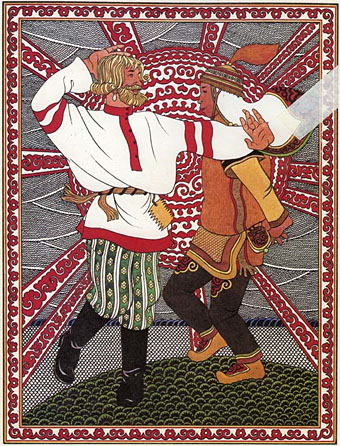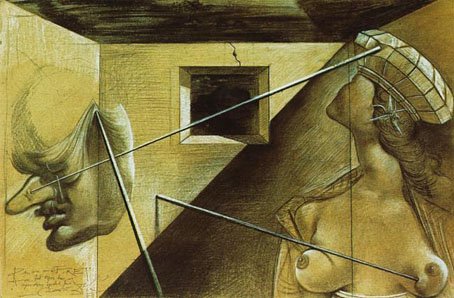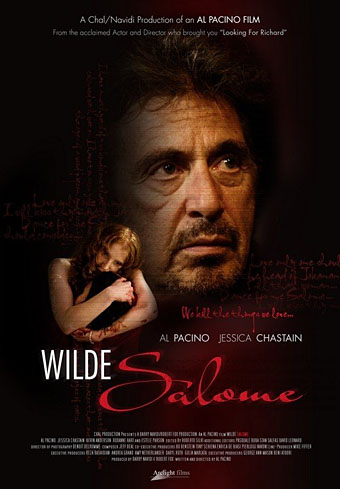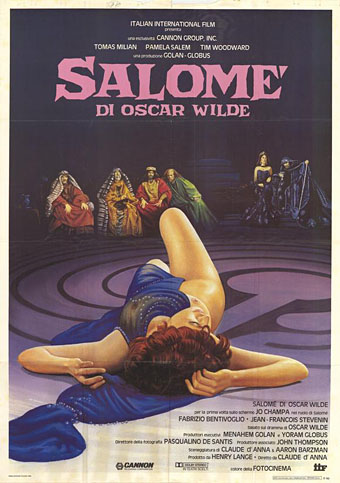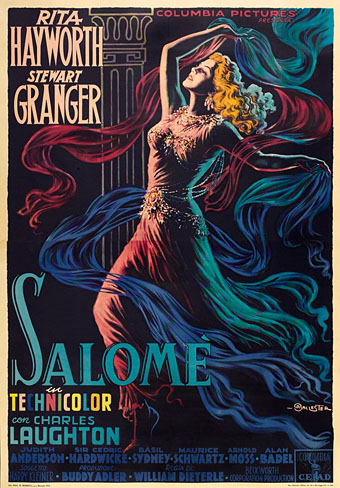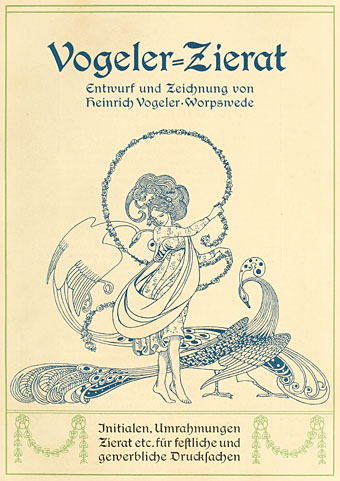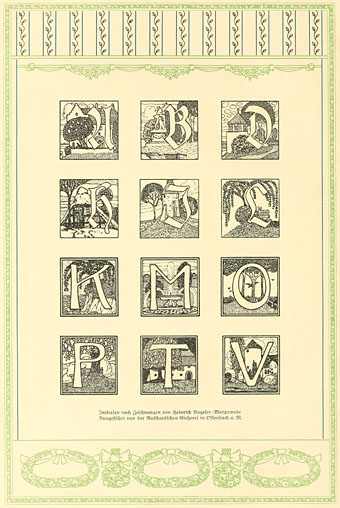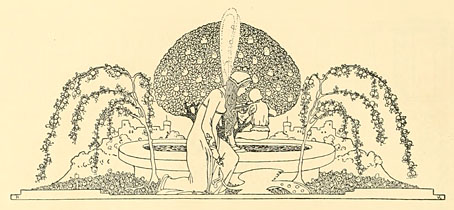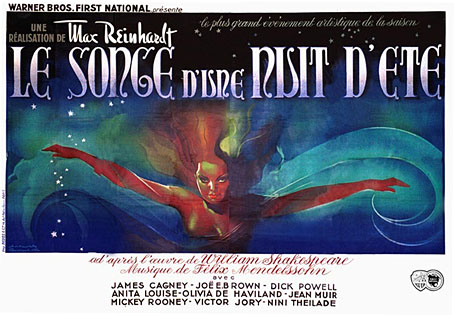
In which the great German theatre director goes to Hollywood to show America how to stage Shakespeare. Nearly everyone who was anyone in pre-war German cinema passed through Max Reinhardt’s Deutsches Theater in Berlin so it seemed natural that he’d gravitate eventually to film himself. The 1935 production of A Midsummer Night’s Dream was directed by William Dieterle but it’s very much a Reinhardt production, especially in the fantastic opening of Act II where the fairies dance into the moonlit sky on paths of mist accompanied by Mendelssohn’s music. With its blend of music, dance and lavish production design Dieterle’s film gives us some idea of the harmonising artistry at work in Reinhardt’s stage productions.
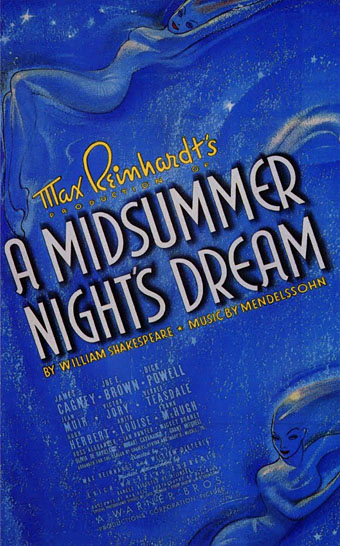
There are other reasons to recommend this version over later adaptations, not least James Cagney’s performance as Bottom. A fifteen-year-old Mickey Rooney played Puck although he’s frequently more annoying than mischevious. Then there’s the mystery of whether that’s the young Kenneth Anger uncredited in the role of The Changeling Prince. Anger has always claimed it was him (he was a child actor for a while), Anger biographer Bill Landis agrees but plenty of other people have disputed the claim in recent years. The best viewing I had of the sequence in which the Changeling appears was on a big screen in a season of Kenneth Anger’s films in 1990. Whether Anger played the part or not, the charm of Dieterle’s film subtly invests The Magick Lantern Cycle, from the glittering surfaces in Eaux D’Artifice and the artificial forest in Rabbit’s Moon, to the appearance of Mickey Rooney’s Puck on a TV screen in Scorpio Rising. Anger’s later works were productions of Puck Films, their motto “Lord, what fools these mortals be!”
Ideally the magical opening of Act II would be on YouTube but it seems not. This scene, however, gives an idea of the atmosphere, while Doctor Macro has stills and more information.
Previously on { feuilleton }
• The Midsummer Chronophage
• Another Midsummer Night
• A Midsummer Night’s Dadd
• William Heath Robinson’s Midsummer Night’s Dream

